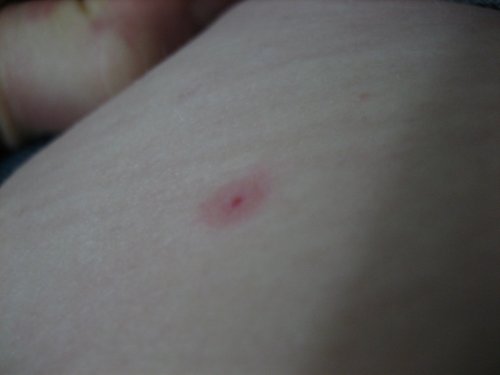Ever wonder why flea bites itch? If you’ve been bitten by a flea before, you probably noticed a red, swollen mark that’s accompanied with an intense itching sensation. The itching usually goes away after a couple of hours (sometimes days, though), but it can still drive some people crazy. By understanding the science behind flea bites, you can make smarter decisions regarding treatment and prevention.
Why Flea Bites Itch
Flea bites itch because the flea’s saliva contains certain proteins that trigger an allergic response by the human body’s immune system. When a flea bites into your skin, it sucks up blood while simultaneously releasing a small amount of protein-rich saliva. The immune system views these protein as foreign invaders, at which point it responds by creating inflammation and itching around the affected area. Itching is a completely normal reaction to a flea bite that shouldn’t cause any reason for concern.
The severity of a flea bite’s symptoms varies depending on the host’s reaction. People who are overly sensitive to flea bites are considered to have a condition known as flea allergy dermatitis. Basically, this means the individual’s immune system responds more aggressively to the proteins found in flea saliva. While a typical flea bite may fully heal within a couple days, a flea bite on a person with FAD may last up to a week, during which the itching sensation and other related symptoms will be more intense.
How To Soothe The Itching of Flea Bites
You can reduce the itching of flea bites by applying a 1% hydrocortisone cream to the affected area. The steroids it contains work to neutralize the compounds that create the itching sensation. It’s recommended that you apply hydrocortisone cream as soon as you discover the flea bite for maximum effectiveness. You can purchase this stuff from most drug stores and grocery stores for a couple bucks, making it an expensive way to treat flea bites.
Another way to reduce the itching sensation of flea bites is to press a piece of ice against the bite mark and hold it for 10-15 seconds. This will essentially numb the area, while offering relief of pain, itching and inflammation. Just remember to avoid holding the ice against your skin for long periods of time, as this can literally burn your skin.
You can learn more about flea allergy dermatitis by visiting our previous blog post here.

